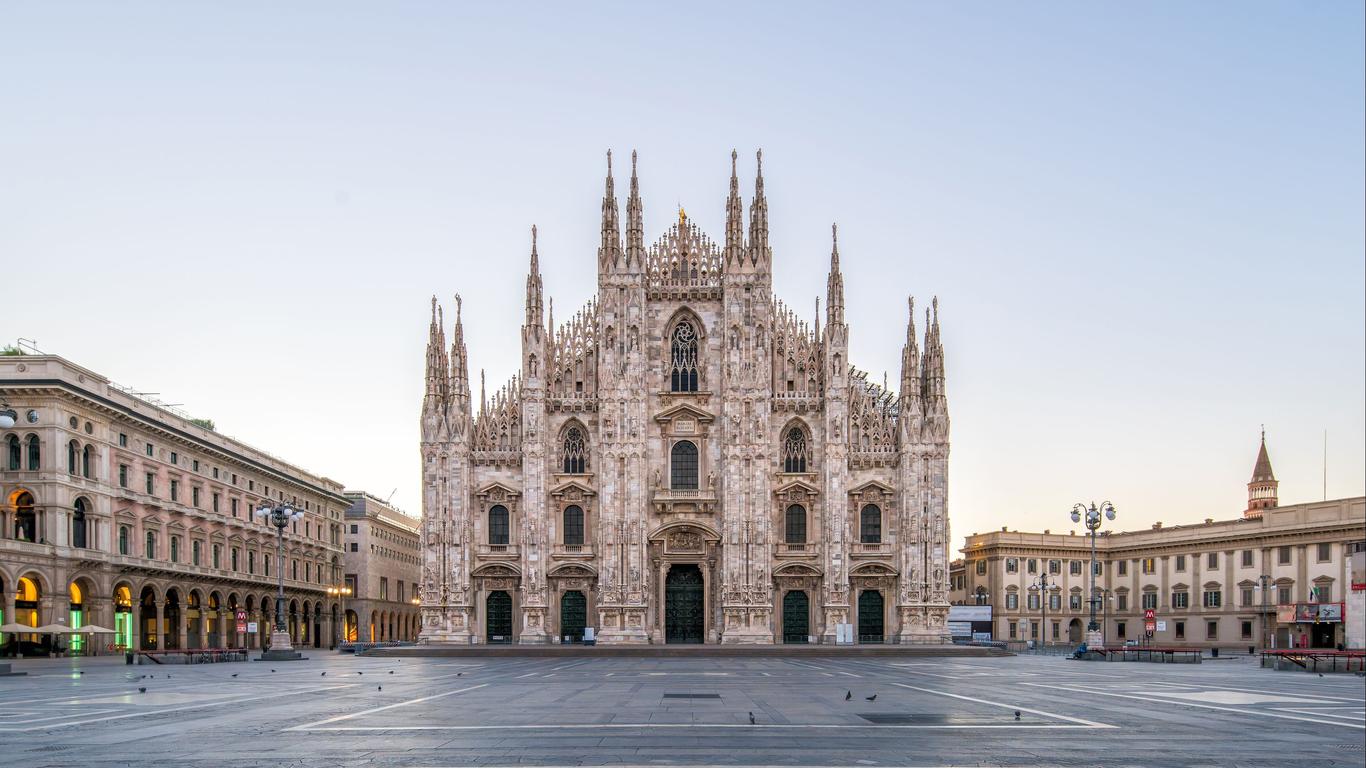The Milan Cathedral is situated in the heart of Milan, Italy in the Piazza del Duomo and is regarded as the largest church in the country and second largest Catholic cathedral in the world. This popular tourist allure is remarked for its blend of architectural styles spanning many centuries and complimentary artistic facets. The structure mixes predominantly Gothic attributes with neo-Gothic touches inlaid with fine Baroque and neo-Classical details.
Attractions of the Milan Cathedral span floor to roof, highlighted by five wide naves divided by pillars, enormous choir windows and the Saint Bartholomew Flayed statue situated just left of the altar. Other allures include the Trivulzio Candelabrum enclosed by the transepts, the monument to Gian Giacomo Medici di Marignano and the sarcophagus of Archbishop Alberto da Intimiano. The most popular thing to do at the Milan Cathedral is to take the breathtaking roof walk through a collection of spires, presenting unprecedented views of the city below.
Access to the Milan Cathedral is possible by train routing from the Milano Centrale to the Duomo Station. There are also taxis available throughout the city. Walking is a popular form of transportation as it is a 45-minute walk from the main train station to the cathedral.
Construction of the cathedral began in 1386 under Archbishop Antonio da Saluzzo and spanned more than six centuries, attributing to its stylistic architectural blend.





